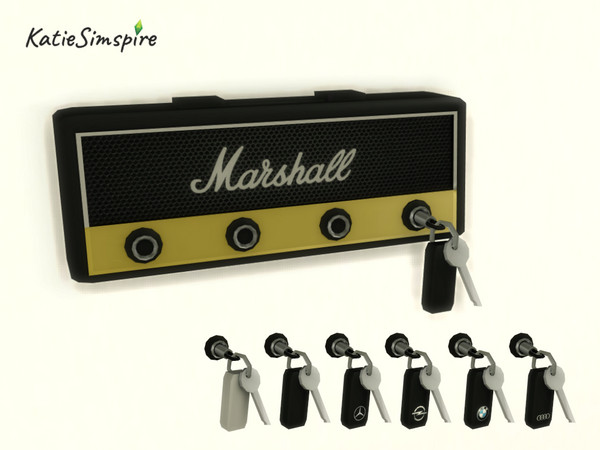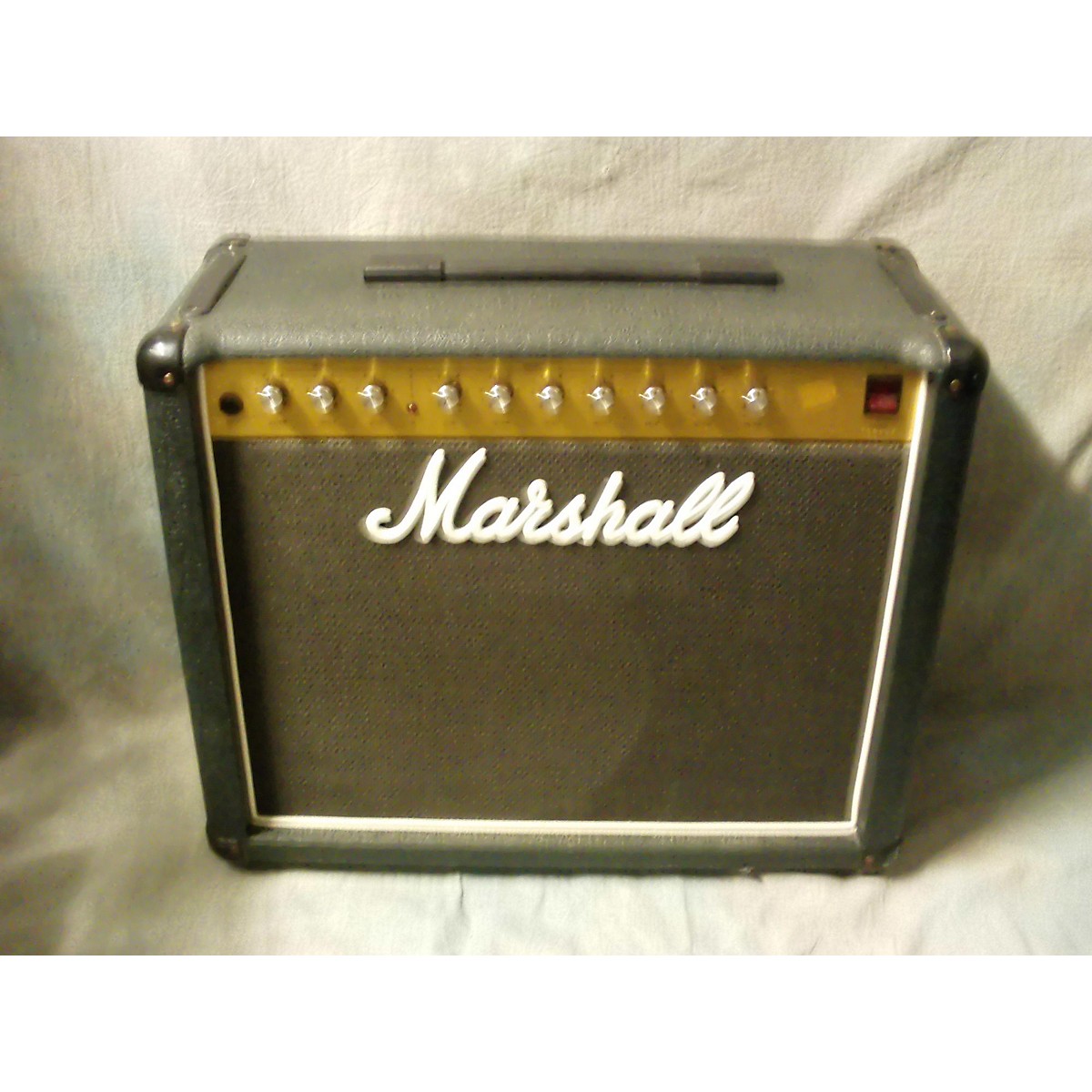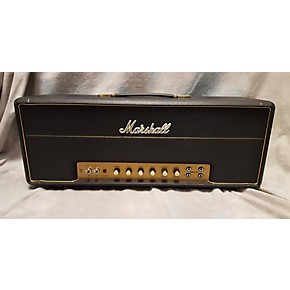
Instead, we'll discuss the amps chronologically, based on the year each design was introduced. We aren't discussing them in hierarchical terms of “best" or “most influential"-each is too unique and empowering for such trifling.

But read on and you'll see how these game-changing amplifiers helped create the sounds that made us want to play guitar in the first place. So, yes, winnowing the list down to five was tricky. But the beauty of the designs chronicled here is how they defied tradition-even if just a smidgen-and turned unusual simplicity into uncommonly great tones for adventurous players to use creatively. What matters most is creativity, passion, and attitude-even iconic gear doesn't make magic happen automatically.

Their definitive sonics have shaped music as we know it over the last half century, and by extension their designs have paved the evolutionary path of amplifier development past, present, and future.ĭid we leave any amps out? Sure-how could we not? There's no shortage of ways for imaginative guitarists to get the right tones for the occasion with all sorts of gear. Here we're going to revel in the nuance, the history, and the dedication of the people behind five of the world's most celebrated amplifiers-a quintet of classic boxes whose importance in the pantheon of guitar tones cannot be overstated. Every one of those components has an effect on your tone, which means you could easily argue that your amplifier is the most complex tone-producing element in your signal path.

In fact, you're playing a myriad of components in the physical and electronic chain between your fingers and the sound waves emanating from your speakers. You also play the amplifier-because that's what ultimately projects the sound. If you play electric guitar, you don't just play electric guitar.


 0 kommentar(er)
0 kommentar(er)
